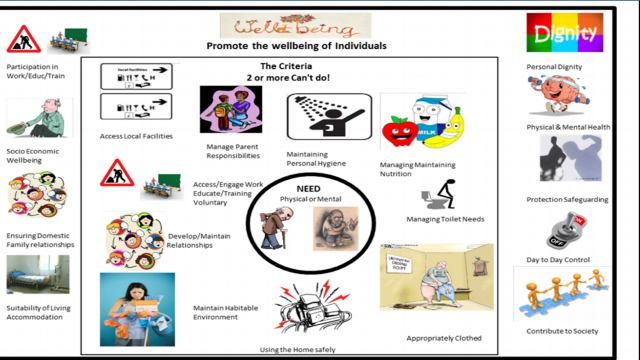Authorites only need small steps for improvements
My experience, having worked within local authorities and now having an outside perspective, is that when problems occur there is a tendency to want to make drastic changes; as opposed to making minor improvements. This often means change of services and commissioning, or whole processes. From experience, I often see that public services have a throw the baby out with the bathwater mentality when it comes to looking at problems.
Looking more closely at the issues never seems to be an option. Rather than make minor adjustments to steer a large ship in the right direction, a lot of people turn the entire ship around suddenly. From what I can see, no other profession utilises this method of problem solving. A mechanic or doctor will look at a specific issue and deal, fix or alleviate the problem. This happens by breaking down the problem.
I see, share and partake in many consultations asking for feedback on services. These consultations or involvement type exercises are often conducted using a format such as smiley faces (happy, okay and sad) or traffic light systems. This data collection method is very counter productive as it does not provide any suggestion on how the service can be improved. They ask very broad questions such as ‘Does this service work?’. Part of the service might have been fantastic and other parts might have had its faults. This question does not delve deep enough. I have seen this recently in various local surveys looking at services. Being a big user of these services and when asked to give an opinion, I was left unable to truly answer the questions adequately.
For me the issues occur at certain points. If we follow the hypothetical process of making a doctors appointment. If I have a medical issue I phone my General Practise to make an appointment. How did that phone call go? The receptionist answered quickly, they spoke professionally and politely. However, that said the waiting time for appointments was long. In this experience, the waiting time was the issue, the customer service was excellent. If I was to then feedback on my experience, I would say that the receptionist was lovely and very patient; however the waiting time was ridiculous. This then informs the practise that they need to work on improving their appointment allocation.
A lot of issues are cheaply and easily solvable if you take the time to look and see what needs fixing rather than just saying it is broken. I often hear that is the system and we cannot change it, it is not our responsibility. I always think ‘have you actually asked or tried?’. Processes are put in place to serve us and help us do our job more efficiently for customers. If they impede the service from being delivered then it has to be reevaluated.
An example from life, why is flying quoted as being the safest form of transport? The reason is that in the 70's the manufacturers got together and decided they every fault had to be reported and investigated for incidents. This way, nothing was ever ignored. Every problem was assessed and measures were put in place to ensure the vehicles were safe. In effect constantly learning from mistakes, ensuring the same mistakes never re occur, even down to human error.
Often problems just need adjusting and fixing. This can happen with better diligence and being more thorough. More importantly using accurate information to find and fix the issues, rather than rebuilding whole systems. Unless the base of the whole core is unsteady, in which case it might just topple anyway.



Comments
Post a Comment